
Lens Replacement in Turkey
Lens replacement surgery, also known as cataract surgery is a procedure in which the eye’s natural lens is removed and replaced with an intraocular lens (IOL).
Patients worldwide choose to get lens replacement surgery in Turkey for various reasons, including affordable prices, high-quality clinics, experienced surgeons, and clinics equipped with the latest technological tools.
According to a study published in the Journal of Cataract and Refractive Surgery, lens replacement surgery has a success rate of 95%. This procedure significantly improves vision, allowing patients to reduce or eliminate their dependence on glasses or contact lenses.
Why do people go to Turkey for lens replacement surgery?
People go to Turkey to get lens replacement surgery for a variety of reasons, including:
High-Quality Hospitals
Hospitals in Turkey are equipped with the latest technological equipment, modern setting and caring medical staff.
Experienced Ophthalmologists
Ophthalmologists in Turkey have a lot of experience, which makes the surgeries successful, and patients happy.
Budget-Friendly Prices
Lens replacement prices are affordable in Turkey, making it a very advantageous destination for the surgery.
All-Inclusive Packages
Lens replacement surgery packages in Turkey cover everything from medical expenses to accommodation.
Positive Reviews
Happy patients leave positive reviews behind, making Turkey one of the most popular spots to get lens replacements.
Eye Lens Replacement Procedure
During an eye lens replacement surgery, the eyes are numbed with drops, and sedation is given to the patient. After that, the natural lens of the eye is removed and replaced with the new intraocular lens (artificial lens). The procedure takes around 15-30 min per eye.
Local Anesthesia
Lens replacement surgery starts with the administration of local anesthesia using eye drops. You may also be given sedation if needed. Sedation helps you feel relaxed during the procedure, and eye drops help numb the eye and widen your pupils.
Incision
Your ophthalmologist makes a main incision 2 mm in the part where the cornea and sclera join each other. After that, 1-2 tiny incisions are made to allow the ophthalmologist to use the surgical tools.
Application of Tissue Protection
Your surgeon applies an ophthalmic viscosurgical device (OVD), which is a gel-like material that protects the eye from damage by surgical damage and allows the surgeon to operate on the eye easily.
Suction of the Natural Lens
Your ophthalmologist makes a small cut in the side of your cornea and inserts an ultrasound probe through the opening. After that, the ultrasound probe is used to break down the lens.
Once the lens is broken down into pieces, the ophthalmologist will suction out the lens fragments with a tube. This technique is called phacoemulsification.
Placement of the Intraocular Lens
Once the natural lens is removed, your ophthalmologist will insert the new artificial lens through the opening with a pen-shaped tool. Since the opening is tiny, stitches are usually not needed.
Fill the Form!
When you contact us, a medical assistant will contact you and answer all of your questions. We’re here to help and support you every step of the way.
Types of Eye Lens Replacement Surgery
There are two types of eye lens replacement surgery; Cataract Surgery and Refractive Lens Exchange. The two procedures are identical, except for the state of the eye’s natural lens.
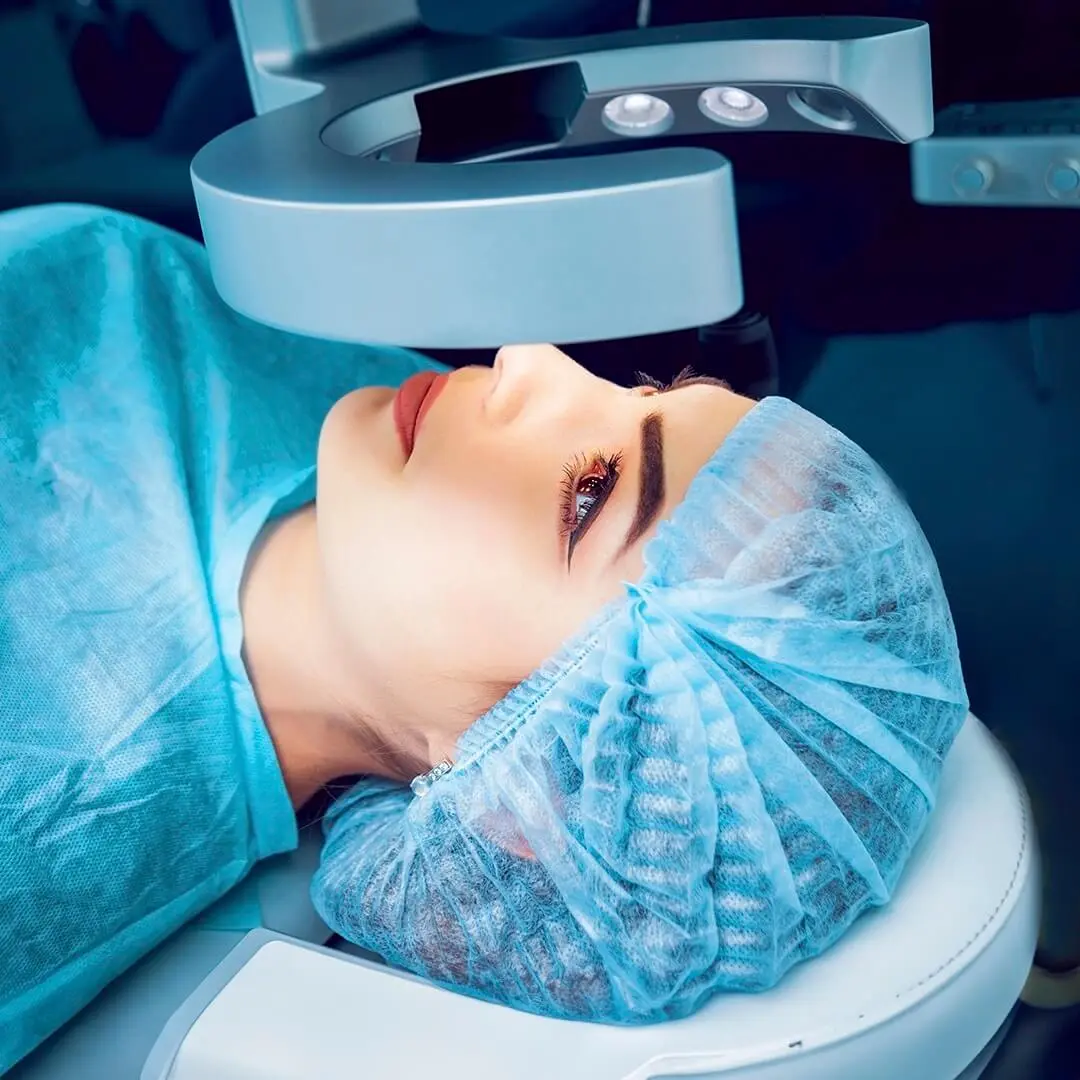
Cataract Surgery
Cataract surgery is a procedure in which the eye’s cloudy natural lens is removed and replaced with an artificial one. This surgery is performed on patients who have cataracts, a condition where the lens of the eye becomes cloudy.
In patients with cataracts, the cloudy lens hinders the vision. Cataract surgery replaces the damaged lens and improves the vision significantly.
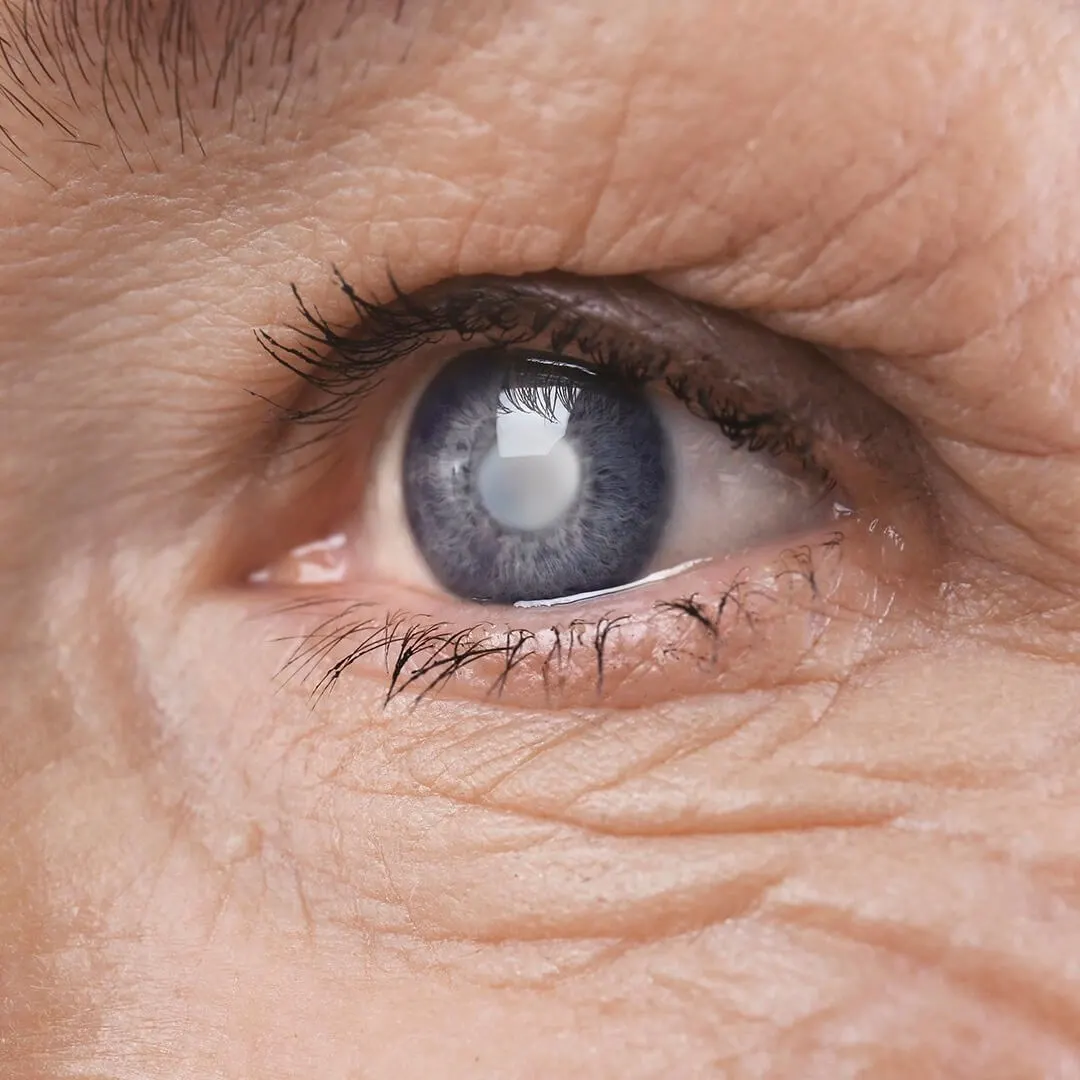
Refractive Lens Exchange
Refractive lens exchange is a procedure in which the eye’s natural lens is replaced with a new one. What distinguishes this procedure from cataract surgery is the condition of the lens. Unlike cataract patients, the lens in patients undergoing refractive lens exchange is clear but distorted, not cloudy.
This procedure replaces the distorted natural lens with a clear artificial lens, significantly improving vision and reducing dependency on glasses or contact lenses.
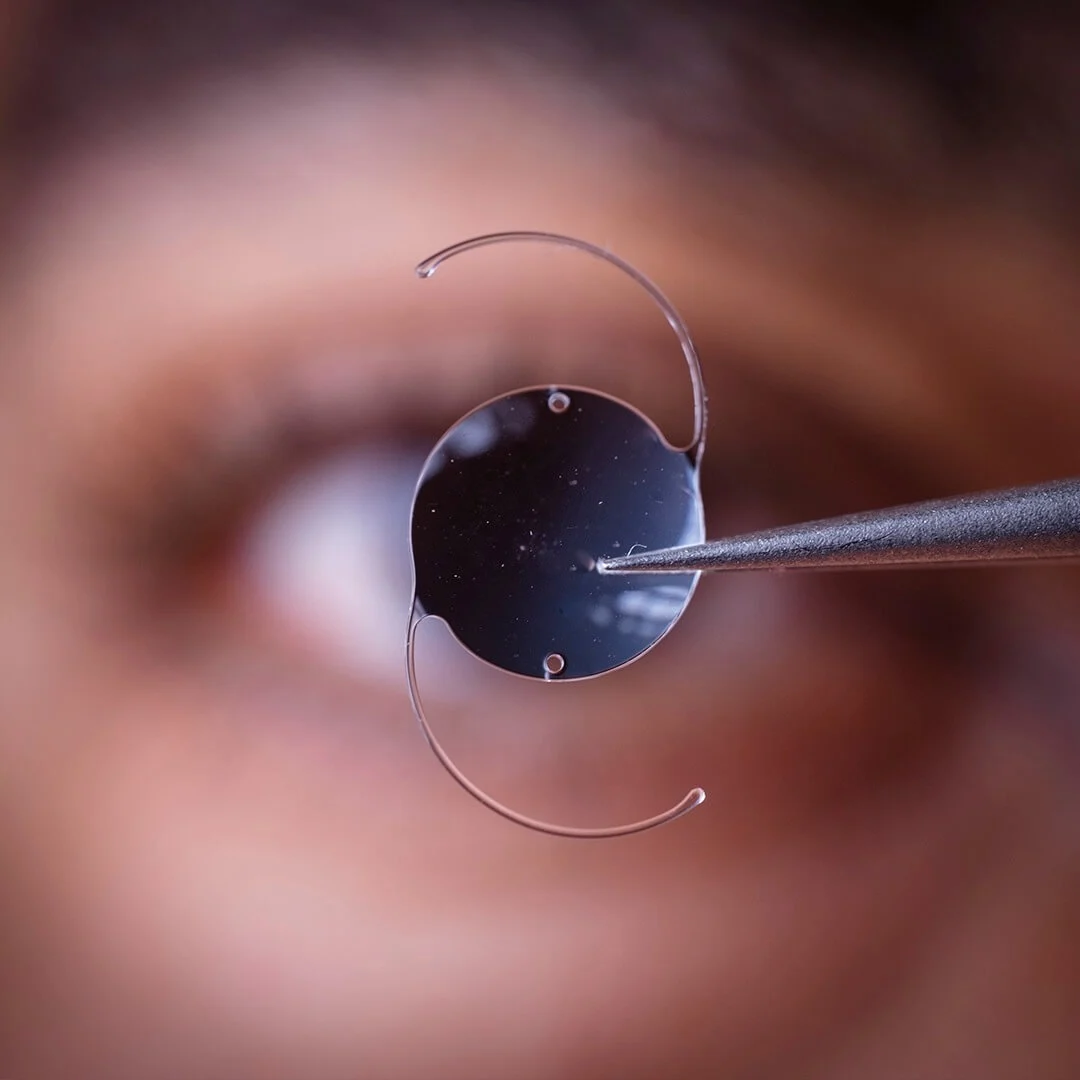
Types of Intraocular Lenses (IOL)
There are mainly 4 types of intraocular lenses: monofocal, multifocal, EDOF, and toric lenses. The type of lens is carefully selected based on the vision errors and patients’ needs and expectations.
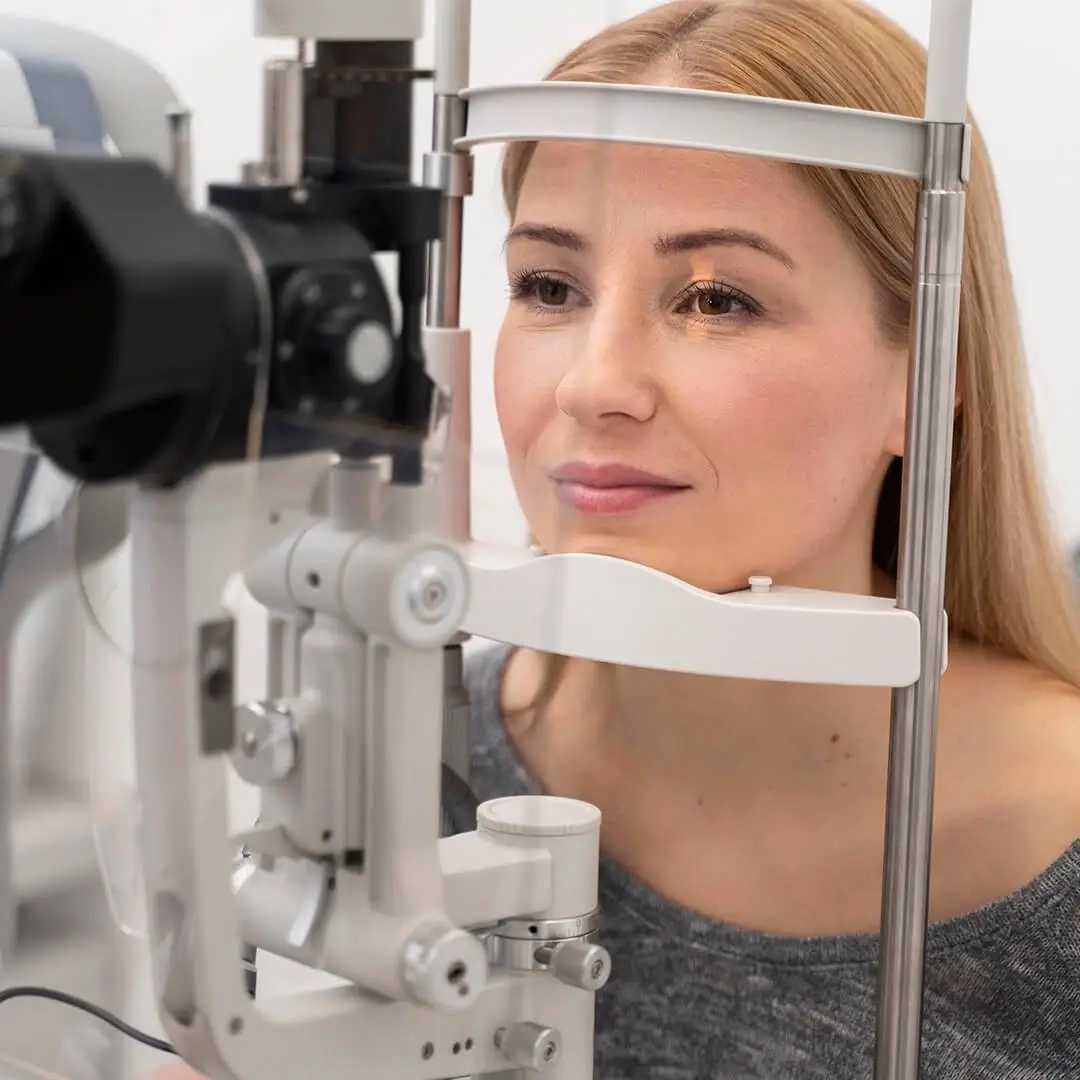
Monofocal Lenses
Monofocal lenses have a single focus, mostly used to correct distance vision. Since they only have one focus point, near vision becomes blurred, and the patient may need to wear glasses for near tasks.
In order to reduce the need for glasses, one eye can be adjusted to correct distance vision and the other eye to correct near vision.
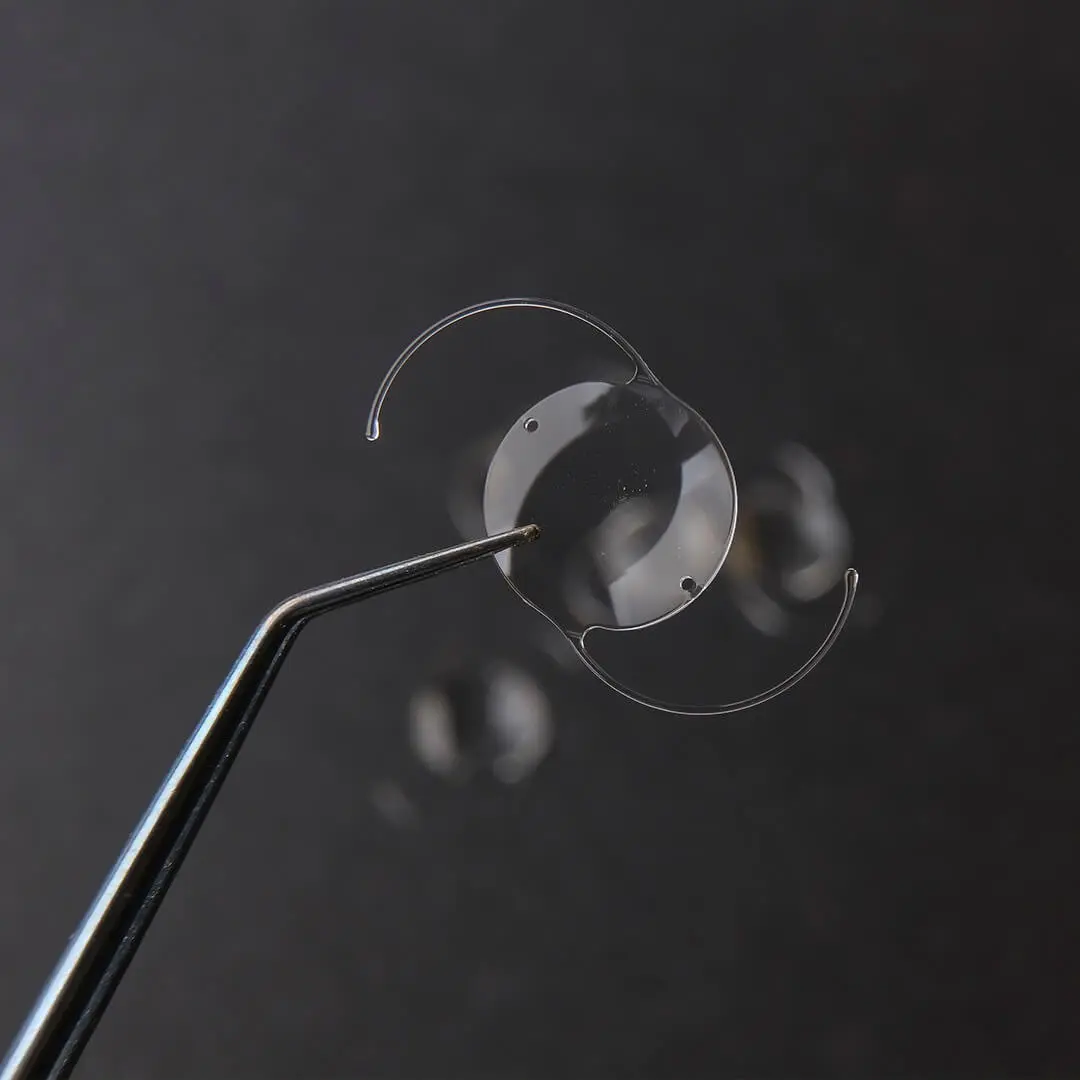
Multifocal Lenses
Multifocal lenses have multiple focus points which can correct 2 vision problems at the same time.
For example, it can correct both near and distance vision problems simultaneously. Multifocal lenses can also used to correct astigmatism.

EDOF (Extended Depth of Focus)
EDOF lenses correct multiple refractive errors with a single focal point, making them different from multifocal lenses. A single focus point allows the brain to easily adjust the information while generating an image.
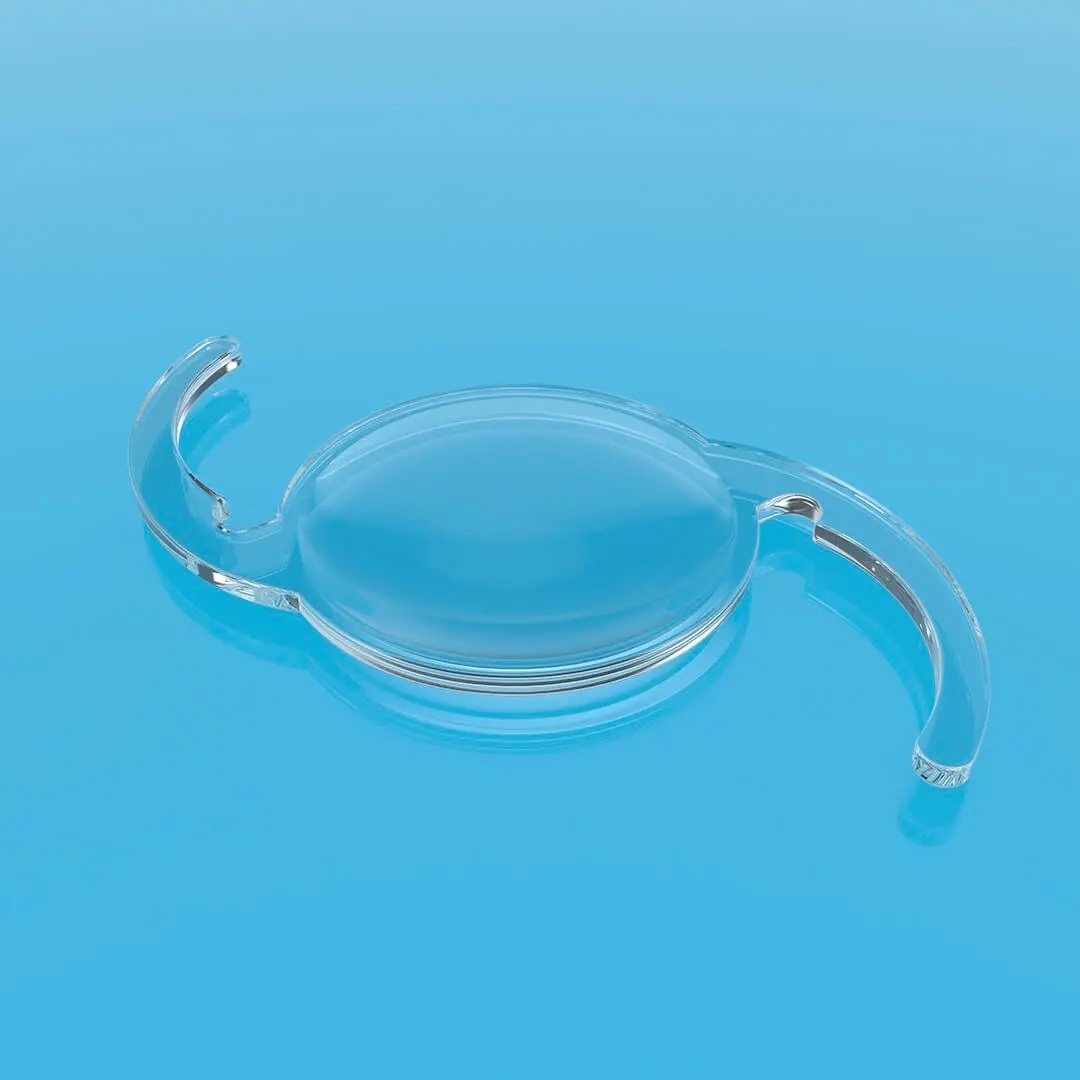
Toric Lenses
Toric lenses can correct both astigmatism and other refractive problems. The shape of the toric lens is different from usual lenses, making it possible to correct both astigmatism and other errors.

Fill the Form!
When you contact us, a medical assistant will contact you and answer all of your questions. We’re here to help and support you every step of the way.
Lens Replacement Surgery Candidacy
An ideal candidate for lens replacement surgery would be a patient who:
- Has nearsightedness (myopia), farsightedness (hyperopia), or astigmatism.
- Has presbyopia, which is a loss of ability to focus on nearby objects.
- Is usually over 40 years of age
- Is not an ideal candidate for laser eye surgeries.
- Has cataract

Benefits of Lens Replacement Surgery in Turkey
There are various benefits of lens replacement surgery.
- Improves vision. Reduces the dependence on contact lenses and glasses.
- Permanent results. The artificial lens lasts a lifetime.
- Suitable for patients who are not qualified for LASIK or PRK. It can treat strong prescriptions and is ideal for patients with thin corneas.
- Rapid recovery. The results show itself in a couple of days following the procedure.
- Prevents cataracts. Since the natural lens is replaced with artificial lenses, no cataracts can form in the future.

How much is an eye lens replacement surgery in Turkey?
The average cost of eye lens replacement surgery in Turkey is around €2245 (per eye).
Factors such as the quality of the clinic,and the experience of the surgeon can affect the eye lens replacement surgery cost in Turkey.
Cost comparison of Lens Replacement in Turkey vs the World
Country | Lowest Price | Highest Price | Per tooth |
Turkey | €1,980 | €7,000 | €990 – €3,500 |
The USA | €6,000 | €16,000 | €3,000 – €8,000 |
The UK | €4,000 | €10,000 | €2,000 – €5,000 |
Europe | €3,000 | €8,000 | €1,500 – €4,000 |
Lens Replacement Package in Turkey
Our all-inclusive lens replacement package in Turkey includes:
- 3-5 days of hotel accommodation
- VIP transfer between airport, hotel, and clinic
- A translator that accompanies you
- Local anesthesia fee
- Eye examination and post-op check-up fees

Frequently Asked Questions
Can I have lens replacement surgery if I've previously had laser surgery?
Yes, you can have lens replacement surgery if you have previously had laser surgery. The two operations don’t conflict with each other.
While laser surgery corrects the irregularities in the cornea, eye lens replacement surgery replaces the natural lens of the eye. The two operations are not related to each other.
Can I have lens replacement surgery on both eyes at the same time?
Yes, you can have lens replacement surgery on both eyes at the same time. This way, the recovery period takes shorter since you don’t have 2 different operations and 2 different healing periods.
Will I stop wearing glasses or contact lenses after lens replacement surgery?
You can stop wearing glasses or contact lenses after lens replacement surgery depending on the improvement level in your eyes and the lens type. Even though the majority of patients no longer need contact lenses or glasses after surgery, patients who get monofocal lenses may need to wear glasses for near vision.
What are the side effects of eye lens replacement?
Side effects of eye lens replacement surgery include:
- Red or dry eyes
- Blurred vision
- Glare and haloes
- Irritation
The side effects of lens replacement surgery improve over time.
Effective and long-lasting solution for missing teeth. It facilitates speech and chewing, looks aesthetically pleasing and is comfortable.
Does eye lens replacement surgery hurt?
No, eye lens replacement surgery doesnt hurt. Since local anesthetics numb the eye, patients don’t feel any pain during the surgery. You may also be given sedation which helps you feel at ease even more.
Best Ophthalmology Clinic in Turkey
Resources:
[2] Jimenez, Francisco et al. “Hair transplantation: Basic overview.” Journal of the American Academy of Dermatology vol. 85,4 (2021): 803-814. doi:10.1016/j.jaad.2021.03.124
[3] Zito PM, Raggio BS. Hair Transplantation. [Updated 2024 Feb 12]. In: StatPearls [Internet]. Treasure Island (FL): StatPearls Publishing; 2024 Jan-.